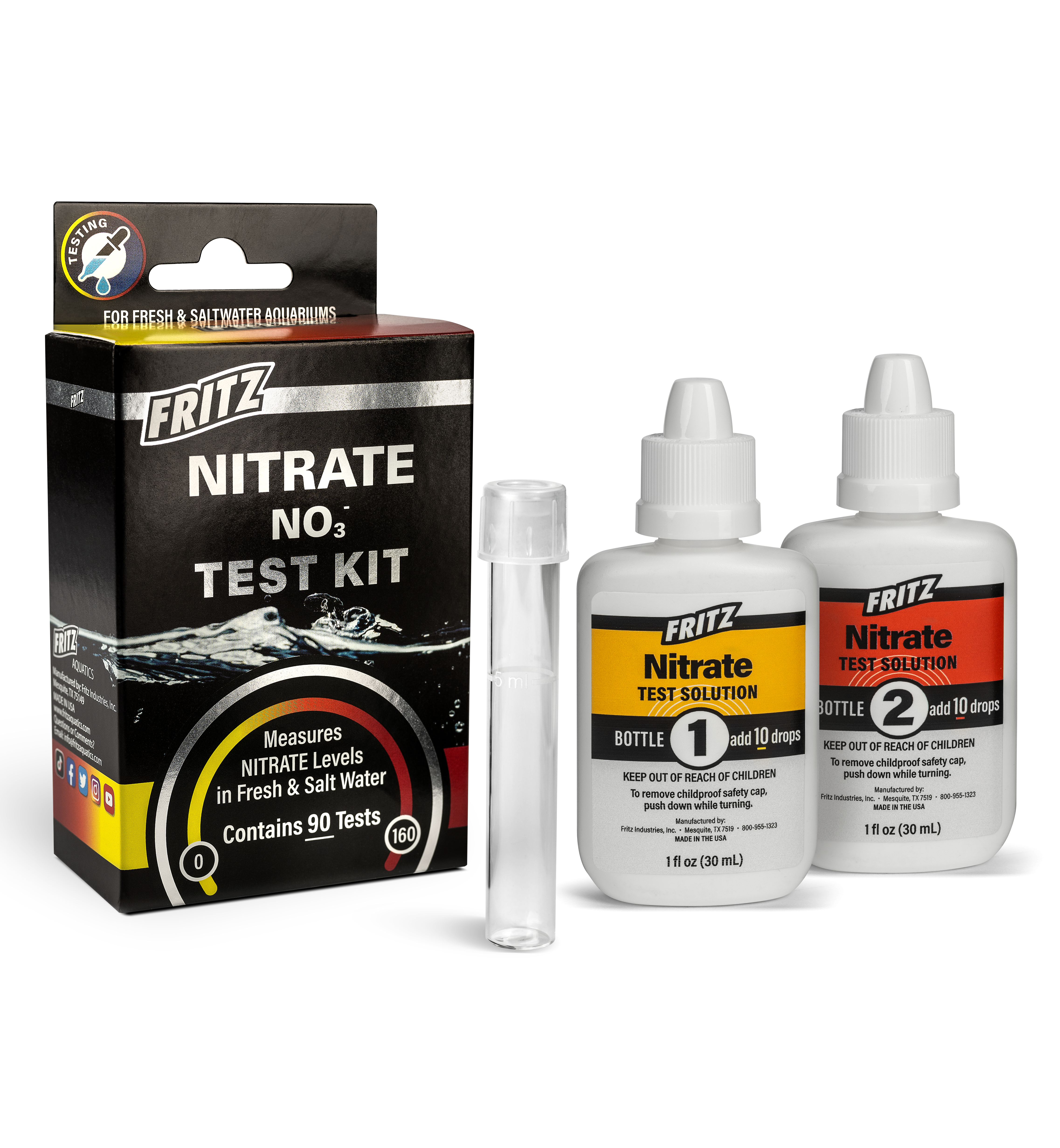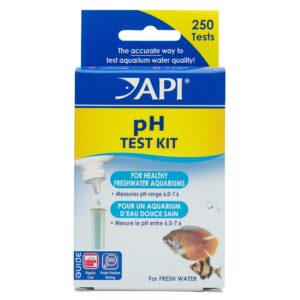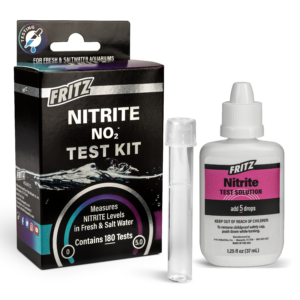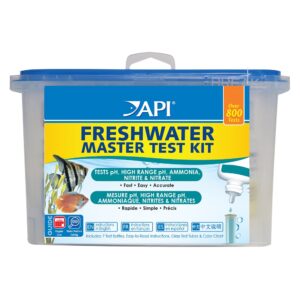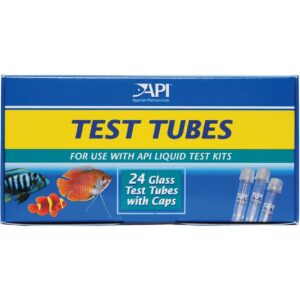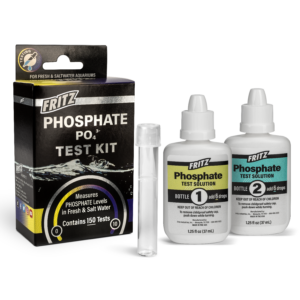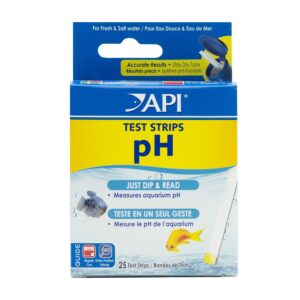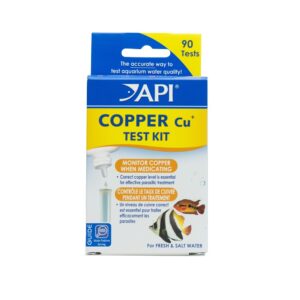-
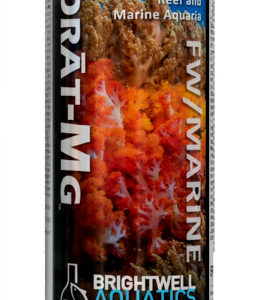 Brightwell Hydrat-Mg 250ml
×
$8.291 × $8.29
Brightwell Hydrat-Mg 250ml
×
$8.291 × $8.29 -
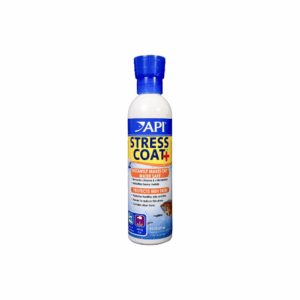 API Stress Coat 8oz
×
$8.681 × $8.68
API Stress Coat 8oz
×
$8.681 × $8.68 -
 Brightwell Liquid Reef 500ml
×
$21.881 × $21.88
Brightwell Liquid Reef 500ml
×
$21.881 × $21.88 -
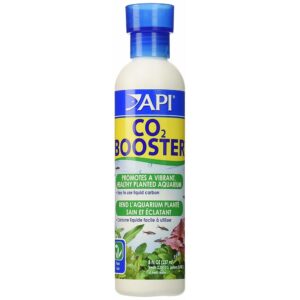 API CO2 Booster 8oz
×
$10.581 × $10.58
API CO2 Booster 8oz
×
$10.581 × $10.58 -
 API Calcium Test Kit SW
×
$13.981 × $13.98
API Calcium Test Kit SW
×
$13.981 × $13.98 -
 Aquatop Fish Net 3" - Fine Mesh
×
$4.991 × $4.99
Aquatop Fish Net 3" - Fine Mesh
×
$4.991 × $4.99 -
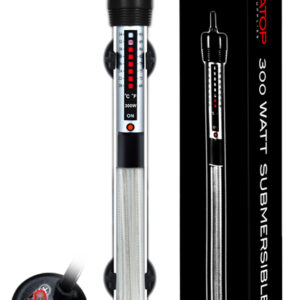 AquaTop 300w Submersible Heater
×
$19.991 × $19.99
AquaTop 300w Submersible Heater
×
$19.991 × $19.99 -
 Naturescapes Bonsai Stump Show
×
$255.821 × $255.82
Naturescapes Bonsai Stump Show
×
$255.821 × $255.82 -
 Aquatop Fish Net 10" - Med. Mesh
×
$11.991 × $11.99
Aquatop Fish Net 10" - Med. Mesh
×
$11.991 × $11.99 -
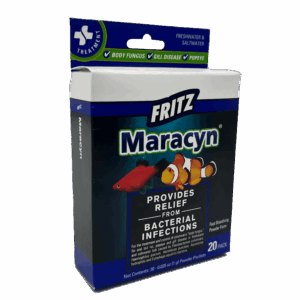 Fritz Maracyn 20 Count
×
$21.861 × $21.86
Fritz Maracyn 20 Count
×
$21.861 × $21.86 -
 Continuum AquaBlade M Stainless Blade 3pk
×
$14.231 × $14.23
Continuum AquaBlade M Stainless Blade 3pk
×
$14.231 × $14.23 -
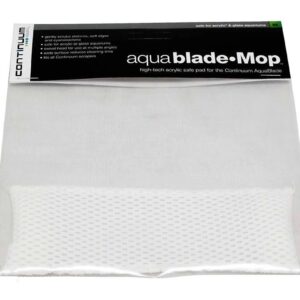 Continuum AquaBlade - MOP Repl. Pad
×
$8.311 × $8.31
Continuum AquaBlade - MOP Repl. Pad
×
$8.311 × $8.31 -
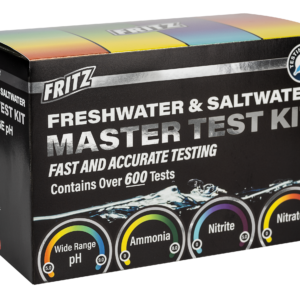 FRITZ Master Test Kit
×
$36.741 × $36.74
FRITZ Master Test Kit
×
$36.741 × $36.74

